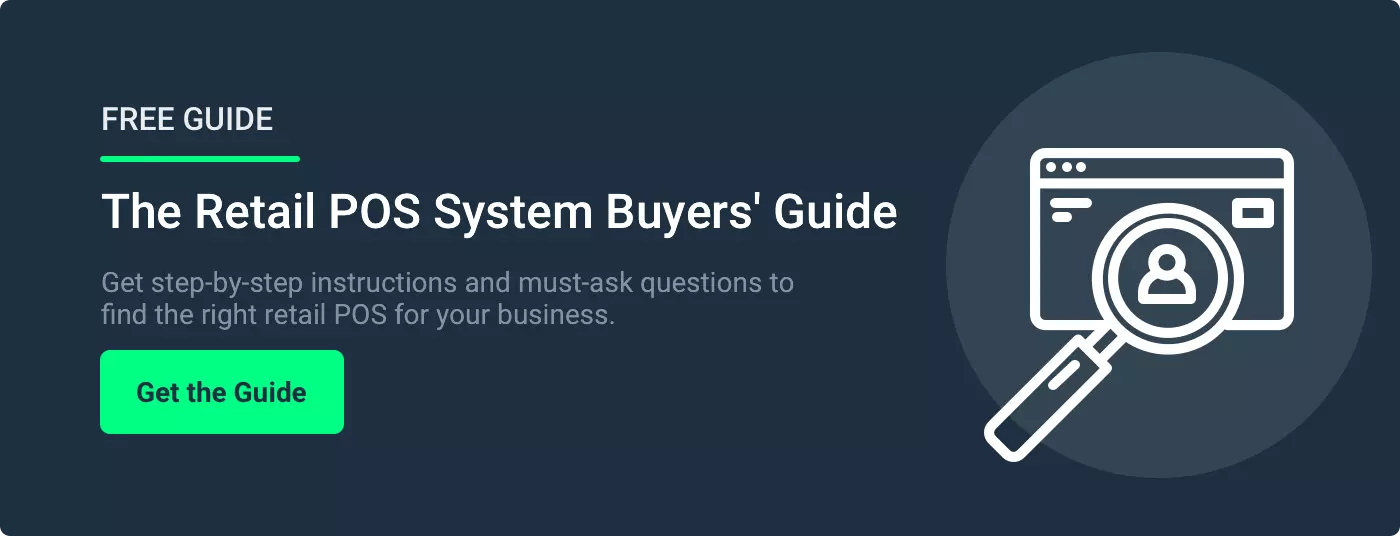In preparation for the upcoming tax season, business owners and managers must compile key tax documents, including W-4 and W-2 forms. Now, you might be asking yourself, what is the critical difference between a W-4 and a W-2?
To the uninitiated, completing these tax documents can feel like a significant undertaking. And without a proper understanding of each form, delays in the completion process are inevitable. So, what's the best way to prepare you and your business for a successful tax season?
Start by following those that have come before you. Over the years, we've helped countless business owners and managers navigate the turbulent waters of starting (and scaling) a business. It's this first-hand intelligence that has put us in a solid position to describe the key differences between a W-4 and W-2.
What is the Difference Between a W-4 and a W-2? [Overview]
One of the first things you need to know about starting a small business is properly preparing and filing taxes for your business and employees. After all, the ramifications of a small mistake like missing your W-2 deadline can be steep, costing up to $187,500 in IRS fines.
If you’re feeling confused or overwhelmed by the consequences and expectations of small business owners when it comes to taxes, you’re not alone. The first step to feeling more confident in your business tax know-how is to understand the forms that need to be completed for your business to operate correctly.
Let’s take a closer look at two of the most significant tax forms for any business: the W-2 and W-4 forms. We’ll examine the purposes of each form and clearly explain the differences, including which party is responsible for each form and how to file them properly.
What is a W-4 Form?
A W-4 is also referred to as an employee’s withholding allowance certificate. The information provided on this form communicates to employers how much money employers should withhold from each paycheck for federal income tax purposes.
The employee completes this form during onboarding, and they can elect to submit a new W-4 any time they wish to adjust their allowances. Still, there is no standardized, regular time during which an existing employee must complete a new W-4. Generally speaking, an employee will complete a new W-4 after a major life event, like a marriage, divorce, or the birth of a child.
As an employer, you cannot tell employees what allowances to list on their W-4 form, but you can provide resources like this one from NerdWallet to help guide them through the process.
Once you receive a W-4 from an employee, what do you do with it? As it’s a tax form, you may think you need to send it to the IRS or Social Security Administration, but this is not necessary for a W-4 unless you’re completing new hire reporting requirements. All you need to do is keep the form in your employee’s file and ensure the elected allowances are transferred into the payroll or accounting system for your small business.
What is a W-2 Form?
A W-2 form is a tax form that indicates an employee’s earnings, deductions, and withholdings for the previous tax year. If you have ever filed a personal tax return, you have likely received a W-2 form from your employer to do so.
W-2s must be completed annually for each employee. As the employer, you will be responsible for completing W-2 forms for your employees each tax year. The deadline for employers to complete this process is January 31.
Unlike W-4 forms, you will need to file your W-2 forms with the IRS and the Social Security Administration in addition to providing these forms to your employees. Depending on your state or locality, you may also need to give these forms to the applicable state or local tax office. If you are concerned about the filing process, check with your payroll software provider, as many modern payroll programs assist with W-2 form filing processes.
The Secret to Launching (and Scaling) a Successful Business
Though the W-2 and W-4 forms are often conflated, examining key differences like who is responsible for completing the form and how you must file the form make for a clear distinction between these two necessary tax documents.
The importance of proper tax filing can’t be overstated, but the secret to launching (and scaling) a successful business depends on much more than that. For your new venture to succeed, you will need a point of sale system capable of handling the specific needs of your business. We recommend investing in an industry-specific point of sale system for your business from the outset. Still, we know that finding the right system for your business can feel a bit overwhelming.
To help you get off on the right foot, we've created a free guide. Check out our Retail Point of Sale System Buyers’ Guide for tips on selecting the perfect POS hardware and software for your unique use case.






 by Cort Ouzts
by Cort Ouzts

 by Brian Sullivan
by Brian Sullivan

